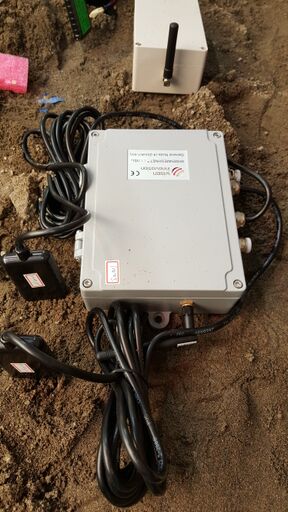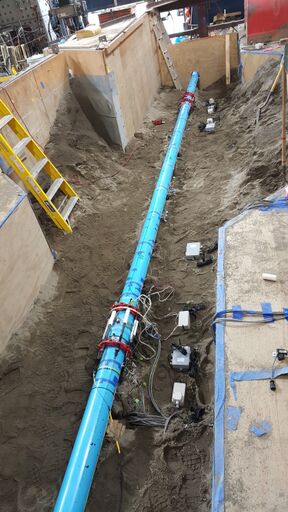The group develops new Wireless Sensor Networks (WSN), which will permit the use of live data collection through existing networks (i.e. internet) and is designed around the capabilities of autonomous nodes. Each node will integrate specific sensing capabilities with communication, data processing, and power supply.
The use of wireless sensor technology has significant potential benefits for infrastructure monitoring, allowing a rapid deployment due to the elimination of cabling. Combined with low power Micro Electro Mechanical Systems (MEMS) sensors, there is an opportunity for substantial overall cost savings for large-scale monitoring.
An in-ground wireless WSN system is developed for nodes buried into the cement or soil, for example. The system is designed to have ultra-low power consumption and a long lifetime after being buried in the ground.
This year, we also developed one monitoring system based on Magnetic Induction Communication(MI). MI is a new technology based on the quasi-static magnetic field, mainly used for communication on special occasions such as underground and underwater. MI has the advantages of low power consumption and stable channel, which can solve the problems faced by traditional electromagnetic waves(EM) on such special occasions mentioned above.






